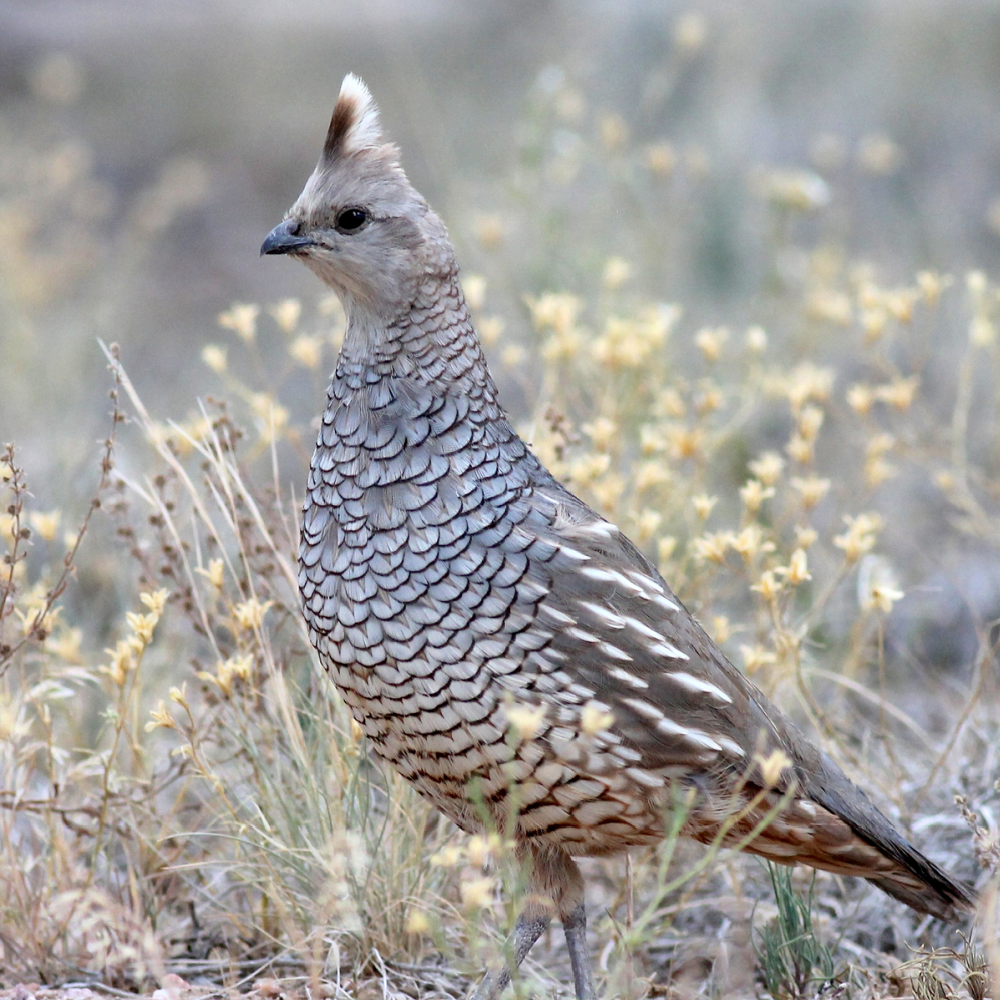Blue Scale Quail Juvenile Pair
Blue Scale Quail Juvenile Pair
IMPORTANT ORDERING INFORMATION: Juvenile and adult quail are shipped on Wednesdays, USPS Priority Mail Express, and will typically arrive in 1-2 days at your local post office. Juvenile and adult quail are not available for pickup. Wings can be clipped upon request.
Blue Scale Quail originated in the Southwest and South Central parts of the United States, particularly in Arizona, New Mexico, Texas, and Oklahoma. They are considered to be widespread and common. These birds prefer a habitat of sand sagebrush, juniper, and tend to inhabit large rolling lands abundant with shortgrass, cactus, sand shinnery oak, and large rocks to provide cover. In an aviary setting, you’ll want to provide dry, bare ground with plenty of low plant growth and scattered bushes for additional covering. They will readily adapt to nest boxes. These birds have a tendency to avoid large ground cover, so the trees in the aviary should be less than 6 feet tall. They are noted for being a bit more flighty and nervous than other quail breeds, so a larger aviary setting is optimal to allow the birds a chance to exercise. They prefer running instead of flying, and in some cases, they can reach running speeds of 15 miles per hour!
Blue Scale Quail sexes look quite similar, with both males and females showing off a white-tipped crest, with a light blue to gray plumage over the majority of their bodies. The feathers have a unique scale-like marking on the feathers, and it’s this feature that these birds are named after. Adults of both sexes can reach an overall body length of 10 to 11 inches. The average body weight of adult females is 6 ounces with males weighing only a little more.
Blue Scale Quail are non-aggressive and gentle and can run with other quail outside of the breeding season. They consume a diet of large seeds (such as Russian thistle and sunflower seeds), leaves, fruits, and insects, but you’ll also want to supply a standard game bird feed as well. These birds are good layers, and hens can be expected to lay between 50 to 60 light brown speckled eggs in one year, occurring in several clutches of 12 to 14 eggs. The incubation period is approximately 23 days, with the newborns leaving the nest after a few days. In captivity, these birds can live from 5 to 7 years of age.

